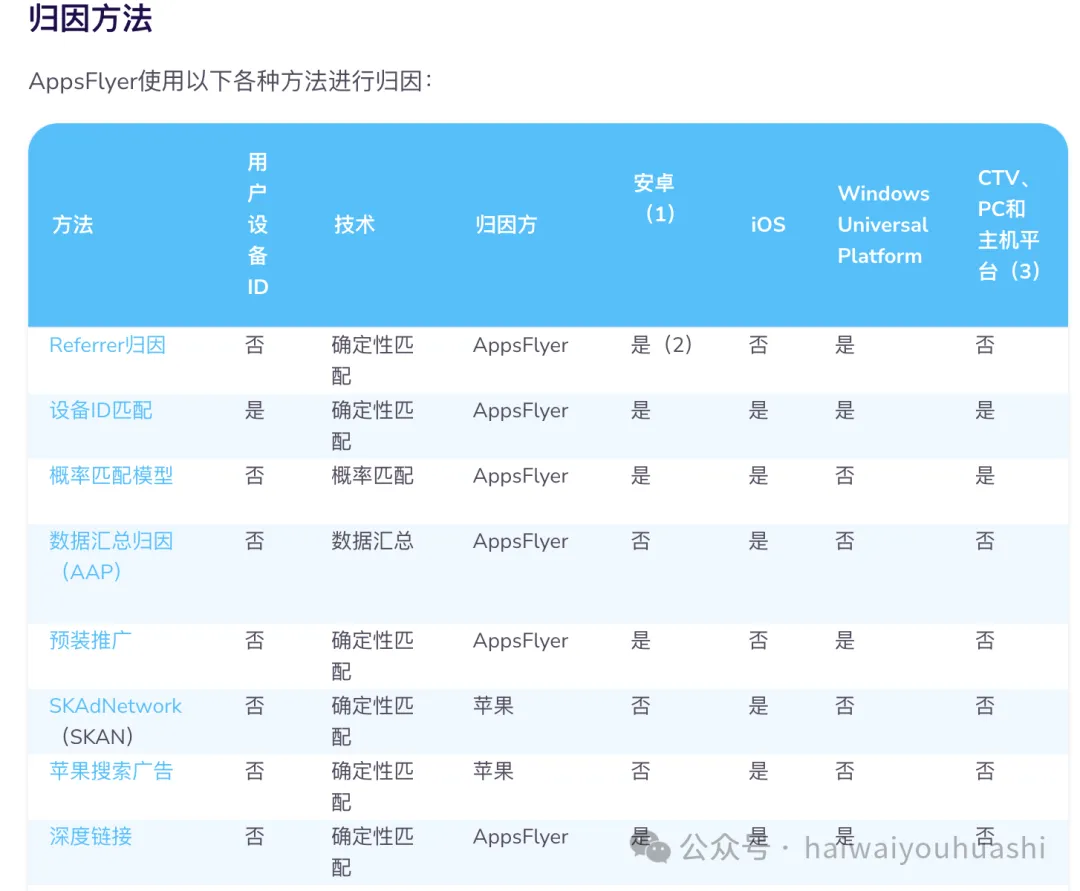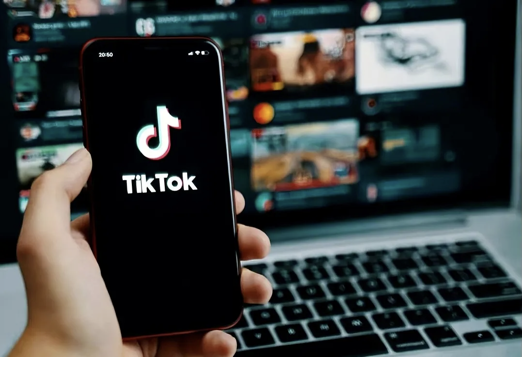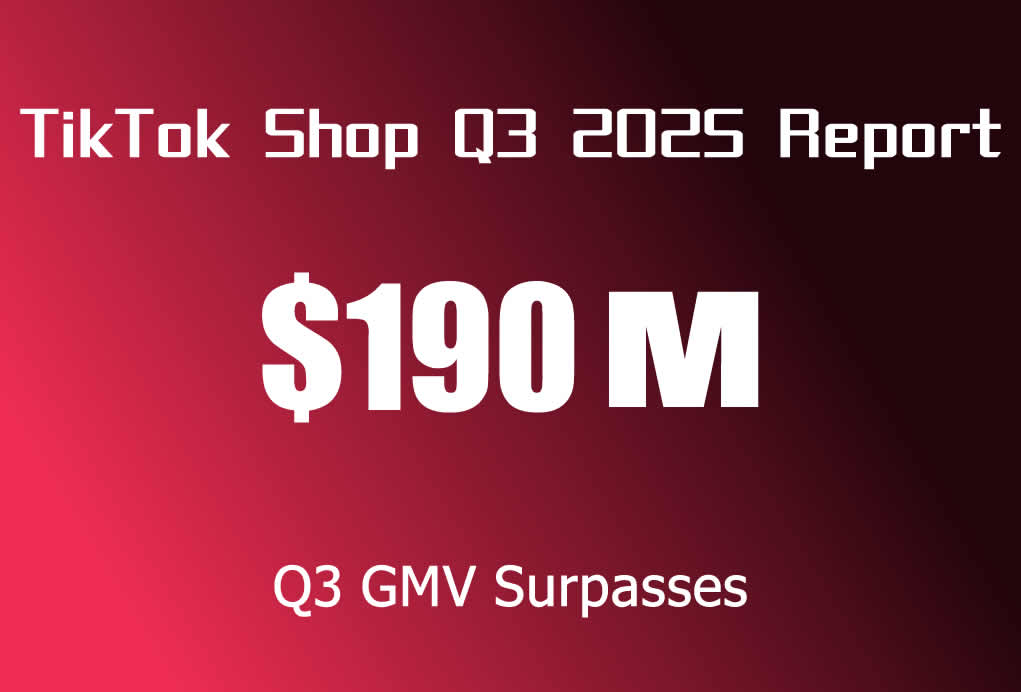In its attribution model, MMP has obvious bias towards large channels.
Phenomenon:
1. XX channel uses its own traffic to guide XX’s own products (according to the opinions of channel colleagues, the channel name is hidden), and the amount attributed to its own channel by the third party is obviously lower than the actual increase (according to the comparison of the equipment data of both parties).
2. Recently, a large channel and a small channel were launched at the same time, and a lot of traffic from the small channel was obviously awarded to the large channel by the third party (coincidentally, the large channel was closed on the last day, and the small channel happened to start, but this channel has incentive attributes). This is obviously because the follow-up of this type of traffic is obviously very poor, and it is also because the large channel happened to be closed, but the increase was still awarded to the large channel.
Explanation:
Third-party MMP usually attribute the last click, but they also have their own probabilistic attribution models. Under normal circumstances, the conversion is generally given to the channel of the last click. However, since many channels hijack the last click, MMP will give the conversion to the most likely channel or natural volume according to their own understanding when the user may have multiple clicks at the same time. For example, as mentioned in the example, MMP awarded the traffic that obviously belongs to the small channel to the large channel. Of course, some of it was awarded to the natural volume. MMP may think that these conversions should not belong to any channel (there may be many reasons here, such as the channel did not provide the device information to MMP, MMP cannot determine whether it should be given to the channel based on its own information, or MMP simply thinks that this part of the traffic should not be counted into the channel)
Reason (guess):
Why MMP is biased towards large channels + guesses about the logic behind it.
MMP will give each channel a weight based on all the historical new data it has. When a conversion device has multiple channels with clicks, it may calculate which channel it finally belongs to based on the weight.
Here is an AF attribution method. When the information can be accurately matched, it may be based on the last time. When there is uncertainty, it may be based on probability attribution.

MMP backend has a large amount of data of a certain device in their backend, including what products have been installed, what channels the history came from, and the subsequent conversion behavior of this user. Based on this information, he can calculate a weight of the channel (guess).
Therefore, the weight of some large channels is very advantageous, such as Google and META, which have a large number of user conversions. Similar to applovin in the field of small games, especially when it expands to other industries, because applovin has a large number of conversions and subsequent user behaviors are very real, when small channels and large channels are together, MMP obviously favors large channels.
Solution:
There is no solution, it is purely speculation, and I can’t convince large channels or MMP.
But small channels suffer from this… I can only rely on my own efforts, study the rules, and take advantage of the rules as soon as possible.
Of course, you can also try to communicate with customers to solve it… Maybe in the future I will give some price discounts to some small channels with real traffic.
As for the small channels that rely on “high technology” to take advantage, the ones whose weights are reduced can only be said…
Speaking of this high technology, there have indeed been some cheating channels before, which do not bring their own channel information but add online products on a large scale to whitewash their own equipment (with historical installations, increase the weight of their own cheating equipment), and I haven’t seen MMP try to solve this part.




